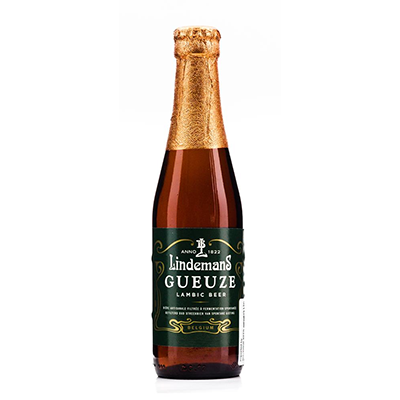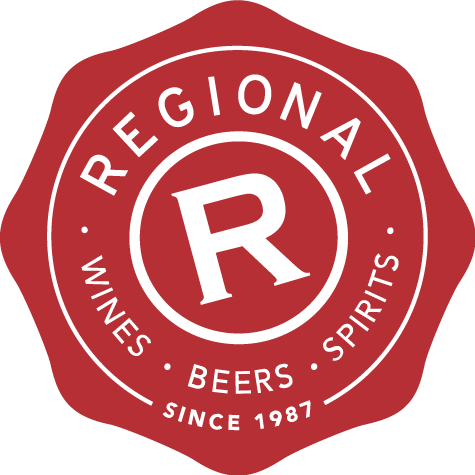
Lindemans Gueuze - big flavours thanks to microflora...
Thousands of Brettanomyces Bruxellensis and Brettanomyces Lambicus yeast spores tumble merrily on the local air currents, and, for the lucky ones, the coolship (or cooling tank) of a local brewer such as Lindemans is their eventual port of call.
Here the wild yeast joins the wort that has cooled to the right temperature after a boil involving hops that are a year old, and, overnight, the miracle that is spontaneous or wild fermentation is set in motion.
This spontaneous fermentation, without human intervention, is key to the Lambic style - but it’s just one part of a long process.
The next day the wort is pumped into fermenters which can take the form of large oak casks known as foudre or stainless steel tanks containing wood chips. Here, successive fermentations over the space of seven or so months gradually trigger the development of the congeners that make up the style. But, we’re not done yet.
Maturation lasting at least six months and sometimes up to several years results in the creation of younger and older Lambics. For a gueuze, like today’s beer, these young and old components are then blended together in the house style. Traditionally, the younger Lambic portion of the blend would also provide enough residual yeast to trigger a final fermentation in bottle - like in Lindemans Old Gueuze Cuvée René. However, the gueuze we are tasting today uses the modern method which involves saturating the beer with C02 after pasteurisation and an addition of sugar - typically resulting in the slightly sweeter take on what is, of course, a sour style.
Let’s see how all of this plays out in the glass…
It pours amber with a white head that quickly dissipates. The nose is exactly what you would expect with notes of apple, citrus and red berries - tart and cider-like with briny fino hints thrown into the mix. The theme continues on the palate which is woken up nicely by a zing of acidity and that tart green apple cider quality - but as predicted from the modern bottling technique - there’s some extra sugar to balance things out. Wonderfully refreshing and heaps of complexity for the palate to grapple with.
It’s a lovely drop and the brewing intricacy that has resulted in its fruition really seems to lend itself to the eventual complexity in the glass.
It’s just such a clever little drop. You know you’re drinking beer but with every sip simultaneously reminiscent of cider, wine, champagne and even sherry … you’ll find even the most jaded palate is pleasantly bamboozled.
